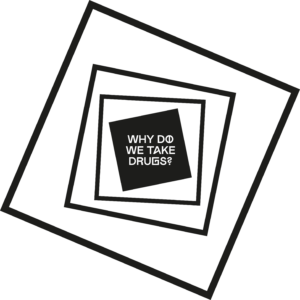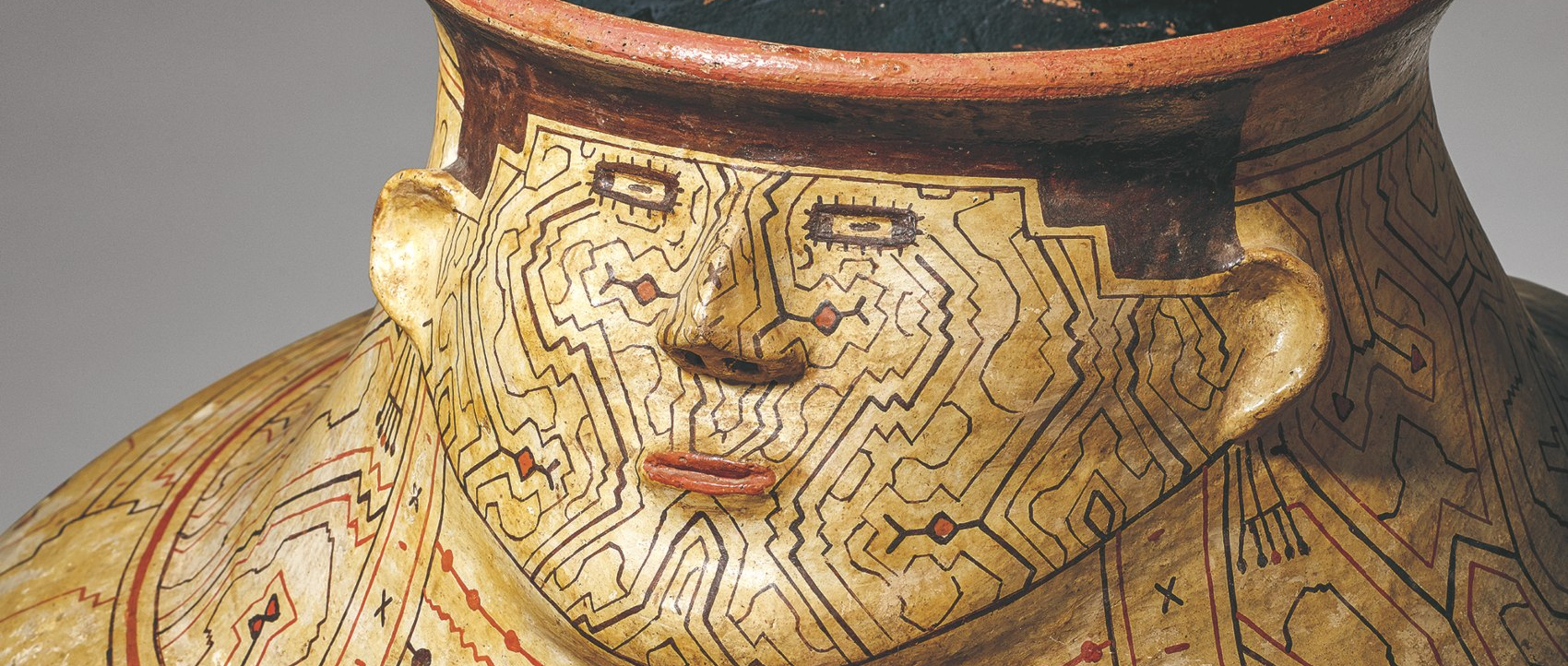
Ayahuasca & Art of the Amazon
Please note that this exhibition has now closed. It took place from 14 September 2024 to 2 February 2025.
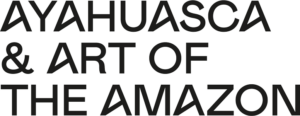
This exhibition considered the impact of the mind-altering, psychotropic vine – ayahuasca – within Western Amazonian social life.
From the 1950s onwards, drugs were heavily linked with the emergence of the American literary and social movement of the Beat Generation. Artworks produced in North America and Europe speak to the ways in which hallucinogens are transforming the cultural landscape, becoming important for political emancipation, psychotherapy, and personal development.
In many Indigenous societies, hallucinogens continue to play a role in the determination of social position, therapeutic practices, and the maintenance of relationships with ancestors, spirits, and gods. And now, because of the boom in international tourism, increasing amounts of people are now experiencing the effects of ayahuasca.
Ayahuasca & Art of the Amazon showed that the ritual consumption of ayahuasca is intimately linked to the artistic production of ceramics, textiles, sculpture, painting and photography.
The exhibition focussed on the creativity of Indigenous artists of the Peruvian Amazon’s Shipibo-Konibo community, presenting historical artefacts alongside contemporary works by living artists.
Ayahuasca & Art of the Amazon was a rare opportunity to appreciate the breadth of Amazonian art, which ranges from the mesmerising abstract geometrical patterns known as ‘kené’ to figurative portrayals of Amazonian cosmologies and spiritual encounters.
Visitors were also able to take a virtual ‘trip’ on an ayahuasca journey – guided by a shaman – thanks to a powerful VR experience.
The exhibition also featured an extended replica of Brion Gysin and Ian Sommerville’s Dreamachine, first created in 1959. Intended to be viewed with your eyes closed, Gysin described the artwork as a “drugless psychedelic experience”. A perforated cylinder turning around a light source, the stroboscopic machine creates a pulsing light that will cause you to hallucinate and see changing colours and patterns behind your shut eyelids.
This exhibition was developed by the musée du quai Branly – Jacques Chirac in Paris. Curated by David Dupuis.
![]()
Ayahuasca & Art of the Amazon was part of a six-month season of interlinked exhibitions and events that explore the question Why Do We Take Drugs?
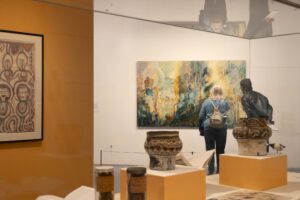
Ayahuasca and Art of the Amazon installation view. Photo by Kate Wolstenholme.
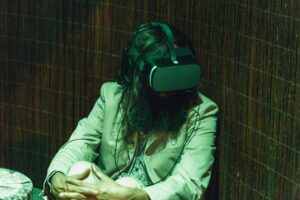
A visitor enjoying the VR experience in Ayahuasca and Art of the Amazon. Photo by Katherine Mager.
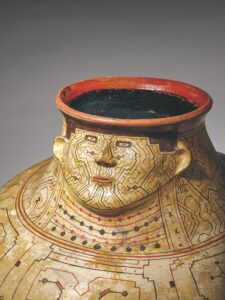
Unknown artist, jar, Shipibo-Konibo, Peru, date unknown, painted terra-cotta. Courtesy of private collection.
